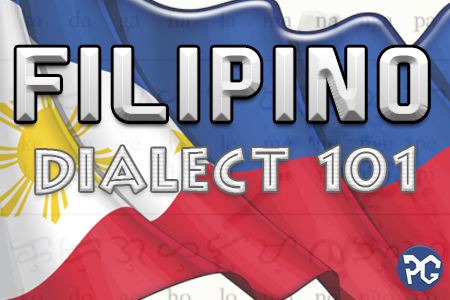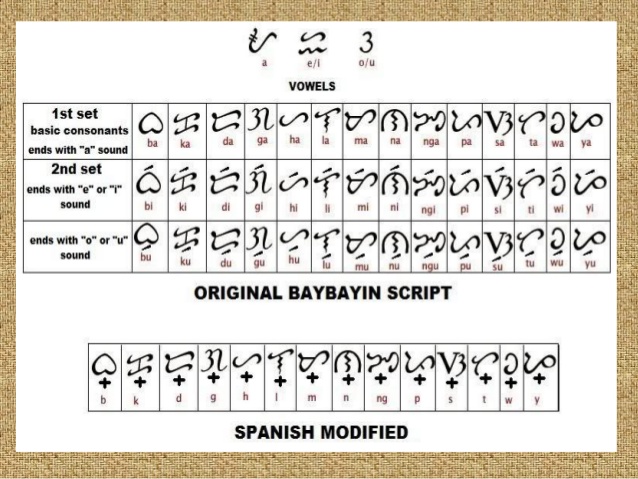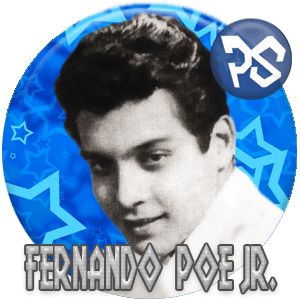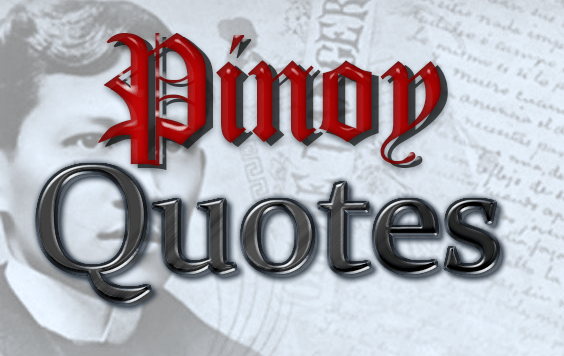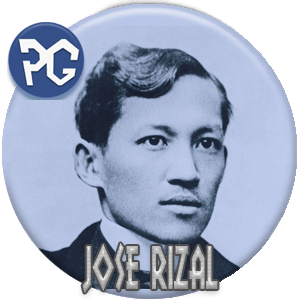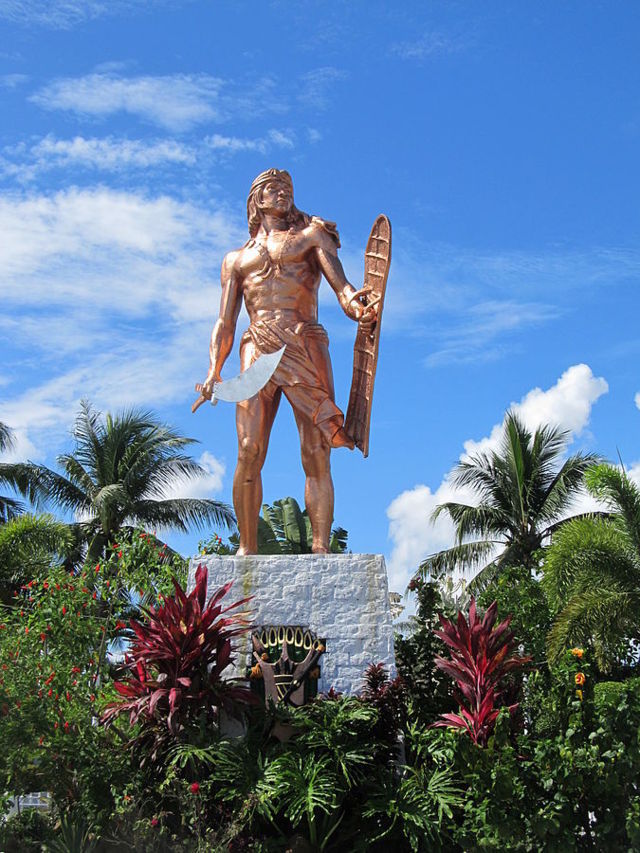Martyr, Hero, Reformist, Patriot, Senator, Statesman
Born: November 27, 1932 - Concepcion, Tarlac Died: August 21, 1983 - MIA Pasay
Ninoy Aquino Profile
Ninoy Aquino Profile
➢ The late Ninoy Aquino was born Benigno Simeon Aquino Jr on November 27, 1932 in Concepcion Tarlac. He was the leading opposition figure to former President Ferdinand Marcos and his Martial Law regime. Ninoy was a war-time correspondent during the Korean War and a former Senator of the Philippines. The husband of Corazon Aquino and father to Noynoy Aquino, he became a hero after his assassination at the Manila International Airport on August 21, 1983, serving as catalyst leading to the first EDSA revolution and restoration of Philippine democracy.
➢ The late Ninoy Aquino was born Benigno Simeon Aquino Jr on November 27, 1932 in Concepcion Tarlac. He was the leading opposition figure to former President Ferdinand Marcos and his Martial Law regime. Ninoy was a war-time correspondent during the Korean War and a former Senator of the Philippines. The husband of Corazon Aquino and father to Noynoy Aquino, he became a hero after his assassination at the Manila International Airport on August 21, 1983, serving as catalyst leading to the first EDSA revolution and restoration of Philippine democracy.
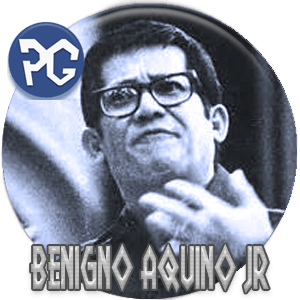
Photo Credits: Wikimedia Commons
Personal Life of Ninoy Aquino
Ninoy's parents were wealthy hacenderos Benigno Aquino Sr and Aurora Lampa. They owned vast tracts of lands in Tarlac namely the Hacienda Maling, Hacienda Sawang and Hacienda Murcia. Aquino Sr. was also a former congressman at the House of Representatives (1919-1928) and Senator (1928-1934). Ninoy had eleven siblings, most prominent were former Senator Butz Aquino and Congresswoman Tessie Aquino-Oreta.
Ninoy's grandfather was General Servillano Aquino, who served in the revolutionary army under Emilio Aguinaldo, and was a delegate to the 1898 Malolos Congress.
Ninoy began his studies at De La Salle College during elementary, but finished at Saint Joseph's College of Quezon City. He then completed secondary school at San Beda College. Aquino interrupted his college studies at Ateneo de Manila, where he took-up a Bachelor of Arts degree. He later studied Law at the University of the Philippines Diliman, but later decided to pursue a career in journalism.
Aquino married former President Corazon "Cory" Aquino in 1953. He had five children with her, former President Benigno Simeon "Noynoy" Aquino III, celebrity Kris Aquino, Ballsy, Viel and Pinky.
Ninoy's grandfather was General Servillano Aquino, who served in the revolutionary army under Emilio Aguinaldo, and was a delegate to the 1898 Malolos Congress.
Ninoy began his studies at De La Salle College during elementary, but finished at Saint Joseph's College of Quezon City. He then completed secondary school at San Beda College. Aquino interrupted his college studies at Ateneo de Manila, where he took-up a Bachelor of Arts degree. He later studied Law at the University of the Philippines Diliman, but later decided to pursue a career in journalism.
Aquino married former President Corazon "Cory" Aquino in 1953. He had five children with her, former President Benigno Simeon "Noynoy" Aquino III, celebrity Kris Aquino, Ballsy, Viel and Pinky.
Ninoy Aquino was assassinated on August 21, 1983 at the Manila International Airport (MIA).
- Parents:
- • Benigno Aquino Sr.
- • Aurora Lampa
- Spouse:
- • Corazon Aquino
Quotes of Ninoy Aquino
• Ninoy Aquino - The Filipino is worth dying for
• Ninoy Aquino - No to tyranny no to corruption
• Ninoy Aquino - For seven years I was not allowed
• Ninoy Aquino - The Filipino asked for nothing more
• Ninoy Aquino - It is a rare privilege for me to join the motherland
• Ninoy Aquino - Son my decision is an act of conscience
• Ninoy Aquino - No to tyranny no to corruption
• Ninoy Aquino - For seven years I was not allowed
• Ninoy Aquino - The Filipino asked for nothing more
• Ninoy Aquino - It is a rare privilege for me to join the motherland
• Ninoy Aquino - Son my decision is an act of conscience
prepared for Pinoy Search Network - Last Update made June 14, 2018
FAIR USE DISCLAIMER: The following data is for educational, scholarship review and archiving purposes only. By viewing this information, you release the website and its authors from any responsibility or liabilities. Though we verify and maintain the accuracy of the provided data, the absence of unintented typographical and factual errors cannot be guaranteed. Use the page at your own risk. For any suggestions, updates, credits or correction requests, contact us or comment below.
Like Us
Recent Posts
- Korean War: When 900 Filipinos defeated a 40,000 strong Chinese Communist army
- 35 Must-Know Filipino Greetings and Phrases for Travelers
- Miguel Malvar – Forward without ever turning back
- Andres Bonifacio – I declare this assembly dissolved
- December 30, 1896 – execution of Jose Rizal
- August 21, 1983 – Assassination of Ninoy Aquino
- September 21, 1972 – Marcos declares Martial Law
- Philippine Adobo is not Adobar
- Binondo – world’s oldest Chinatown
- Kalaw – Clock of the Mountains
- Philippine Eagle – largest extant eagle in the world
- Top Filipino Heroes and their favorite food
- Top 50 Must-Try Fruits in the Philippines
- Ninoy Aquino – The Filipino is worth dying for
- Antonio Luna – I will fight and offer my life
- Antonio Luna – I am going not to command but to obey
- Macario Sakay – Death comes to us all sooner or later
- Jose Abad Santos – Do not cry Pepito
- Gregorio del Pilar – The general has given me the pick
- Ninoy Aquino – No to tyranny! No to corruption!
- Jose Rizal – What said those two souls communicating
- Jose Rizal – Cowardice rightly understood begins
- Jose Rizal – Our liberty will not be secured at the sword
- Andres Bonifacio – Reason teaches us that we must be united
- Andres Bonifacio – Reason teaches us that we cannot expect
- Andres Bonifacio – Love your Country next to God
- Ninoy Aquino – For seven years, I was not allowed
- Ninoy Aquino – The Filipino asked for nothing more
- Ninoy Aquino – It is a rare privilege for me to join the Motherland
- Ninoy Aquino – Son my decision is an act of conscience
- Jose Rizal – I have to believe much in God because
- Jose Rizal – He who does not know how to look back
- Jose Rizal – One only dies once, and if one does
- Abelardo Aguilar discovered Erythromycin
- March 17, 1521 – Magellan landed in Homonhon
- March 16, 1521 – Magellan discovered the Philippines
- Top 100 Bugtong Collection
- The Six Nations which invaded the Philippines
- Baybayin, not Alibata is the ancient Filipino writing system
- The many names of Lapu-Lapu






